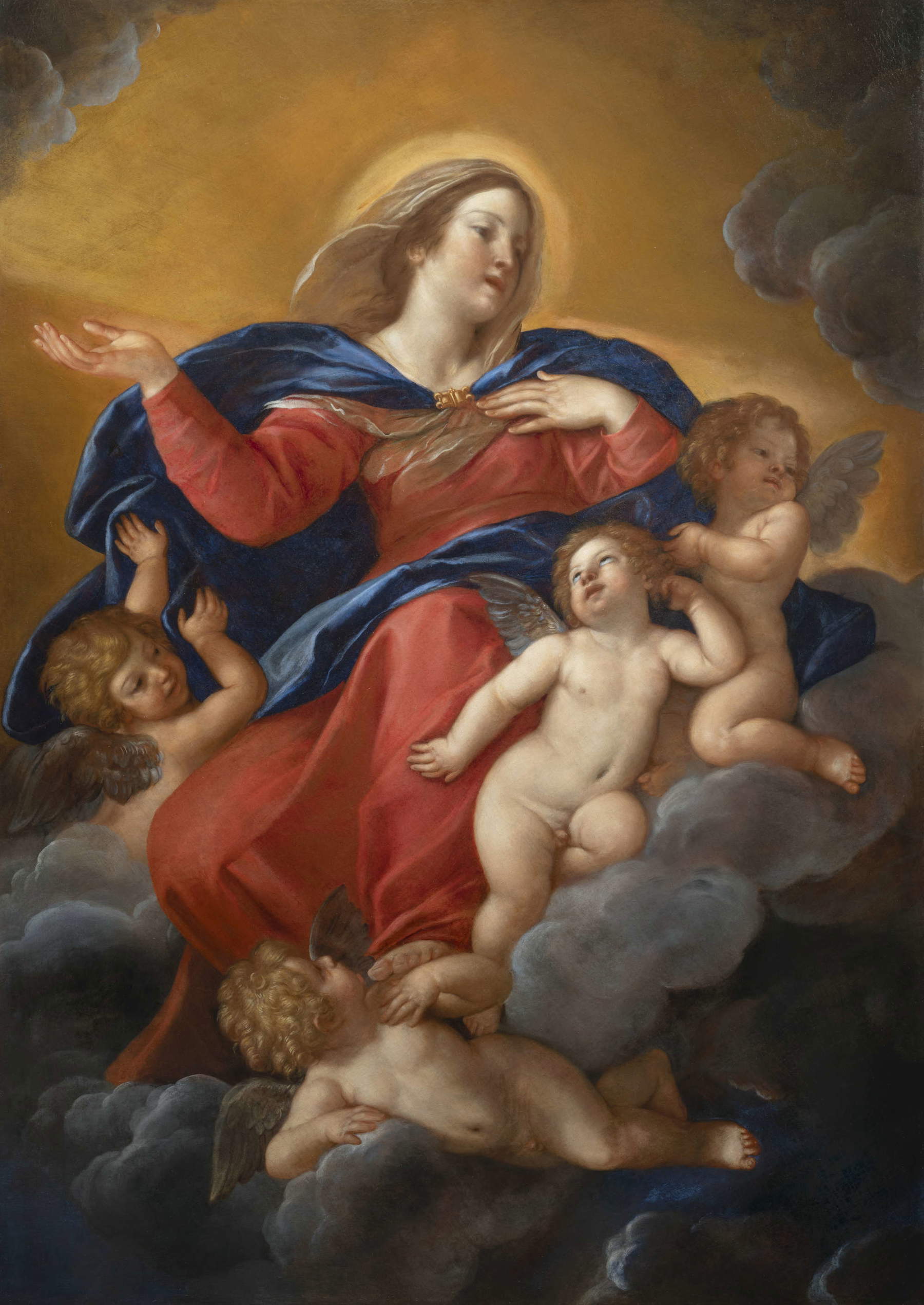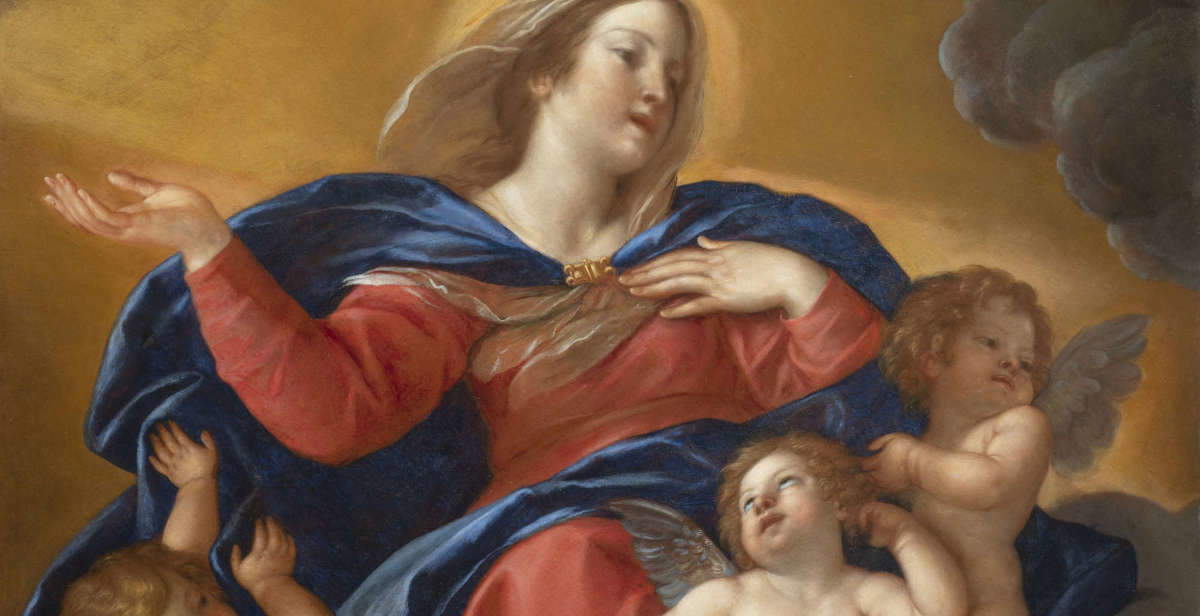Bologna, paintings and drawings by old masters from the 16th to 19th centuries on display at Fondantico
In the Casa Pepoli Bentivoglio in the heart of Bologna, the traditional autumn exhibition organized by Tiziana Sassoli’s Fondantico Art Gallery has opened. This 31st Meeting with Painting is an opportunity for collectors, scholars and enthusiasts to admire works of considerable historical and artistic interest executed by important Bolognese and Emilian masters active between the mid-sixteenth and early nineteenth centuries. Among the earliest testimonies is the delightful panel with theAdoration of the Shepherds made around 1565 by Sebastiano Filippi known as Bastianino, the most prolific and inspired decorator of Alfonso II’s Ferrara and one of the greatest poets of Italian Mannerism.
To the Bolognese Giovanni Francesco Gessi belong two large paintings featuring a maiden at work and a little cupid: they are part of a series that includes two other examples with similar subjects belonging to the Pinacoteca di Bologna. In the same national museum are two fragments of the large altarpiece with theApparition of the Virgin to St. William executed by 1646 by Francesco Albani for the Bolognese church of Jesus and Mary at Porta Galliera: the canvas, dismembered in the early19th century, was also part of the “rediscovered” fragment depicting the Madonna in Glory with cherubs presented for the first time in Bologna on this occasion. An exemplary work of the maturity of Giovanni Francesco Barbieri known as Guercino, one of the greatest painters of the Baroque period, is the “da stanza” canvas with St. Jerome praying, which can be identified with one of the two paintings of similar subject recorded in the account book of the centese and destined for Girolamo Panessi (1648) and the Count of Novellara (1652).

Transiting into the next century, we encounter the series of four canvases with Allegories of the Seasons interpreted by lively children, the work of Giuseppe Marchesi nicknamed Samson because of his massive build, and important testimonies to the art of the brothers Ubaldo and Gaetano Gandolfi, protagonists of the pictorial culture of the second half of the Italian eighteenth century who, also thanks to the work of valorization carried out by the Fondantico Gallery, have in the last decade been highly sought after by collectors and museums all over the world. By Ubaldo’s hand is an exquisite oil on paper depicting the bust of a child with his head turned downward, a tender image conceived as a study from life; to Gaetano, on the other hand, belong the fresh sketch for the large canvas with La continenza di Scipione (1784) kept in the complex of Santa Maria della Vita in Bologna and La Madonna col Bambino e i santi Giovanni, Anna e Giacomo Maggiore, a preparatory model for the painting in the Uffizi Gallery in Florence.
Most impressive is the series of four airy Landscapes by the most important Bolognese tempera painter of the second half of the 18th century, Vincenzo Martinelli, who had the merit of ferrying local landscape painting from the dreamy and scenic rococo formulas of the artists of the previous generation to the more modern realistic ’veduta’, of which Antonio Basoli was shortly to become the most influential representative. By the hand of the latter master, painter and scenographer, is the extraordinary work that closes the exhibition, the canvas depicting theInterior of the Metropolitan Church of San Pietro, reproduced in the 1833 Vedute pittoresche della città di Bologna. The exhibition will be accompanied by a presentation text by Professor Daniele Benati.
For all information, you can visit Fondantico’s official website.
 |
| Bologna, paintings and drawings by old masters from the 16th to 19th centuries on display at Fondantico |
Warning: the translation into English of the original Italian article was created using automatic tools. We undertake to review all articles, but we do not guarantee the total absence of inaccuracies in the translation due to the program. You can find the original by clicking on the ITA button. If you find any mistake,please contact us.



























